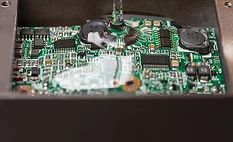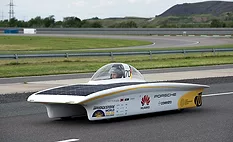
Info for Assembly
Focused editorial details the use of adhesives and sealants in assembly applications.
Articles
More ArticlesBlog Posts
Keep the info flowing with our newsletters!
Get the latest industry updates tailored your way.
JOIN TODAY!Copyright ©2025. All Rights Reserved BNP Media.
Design, CMS, Hosting & Web Development :: ePublishing

